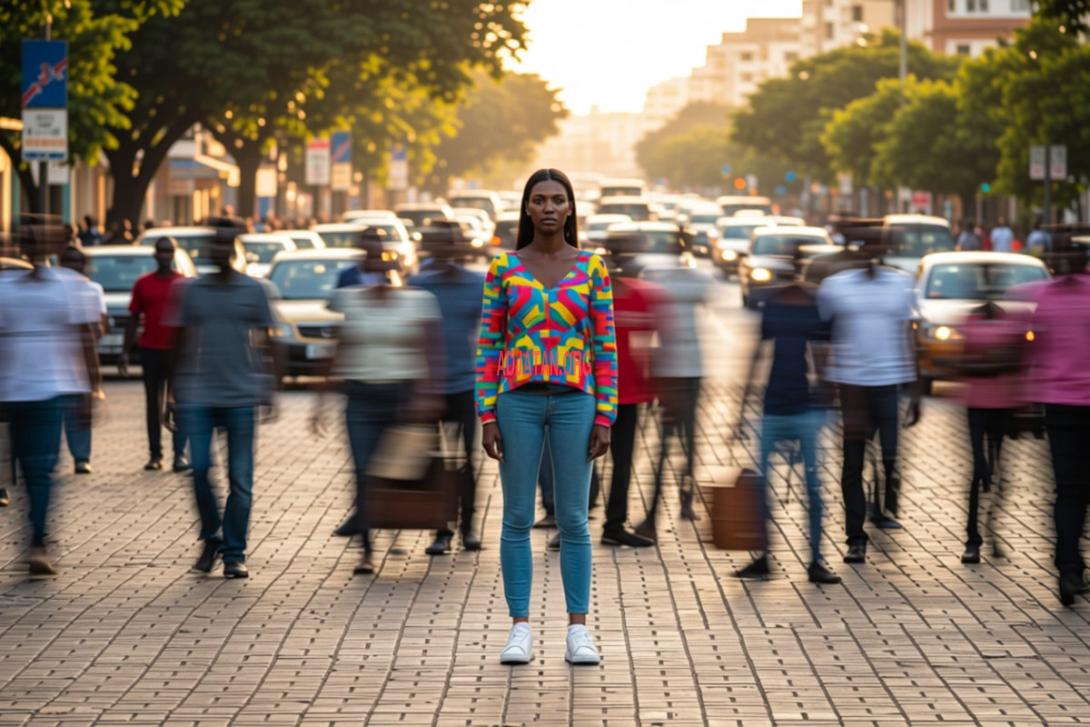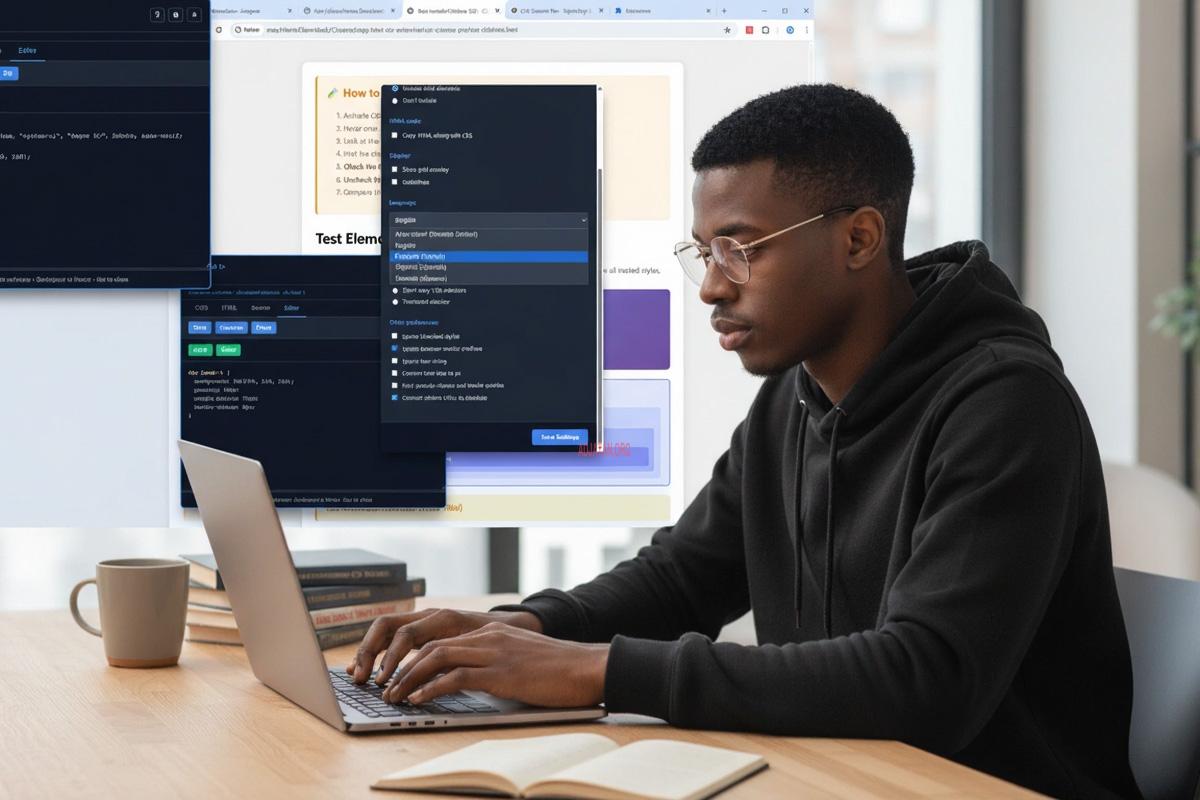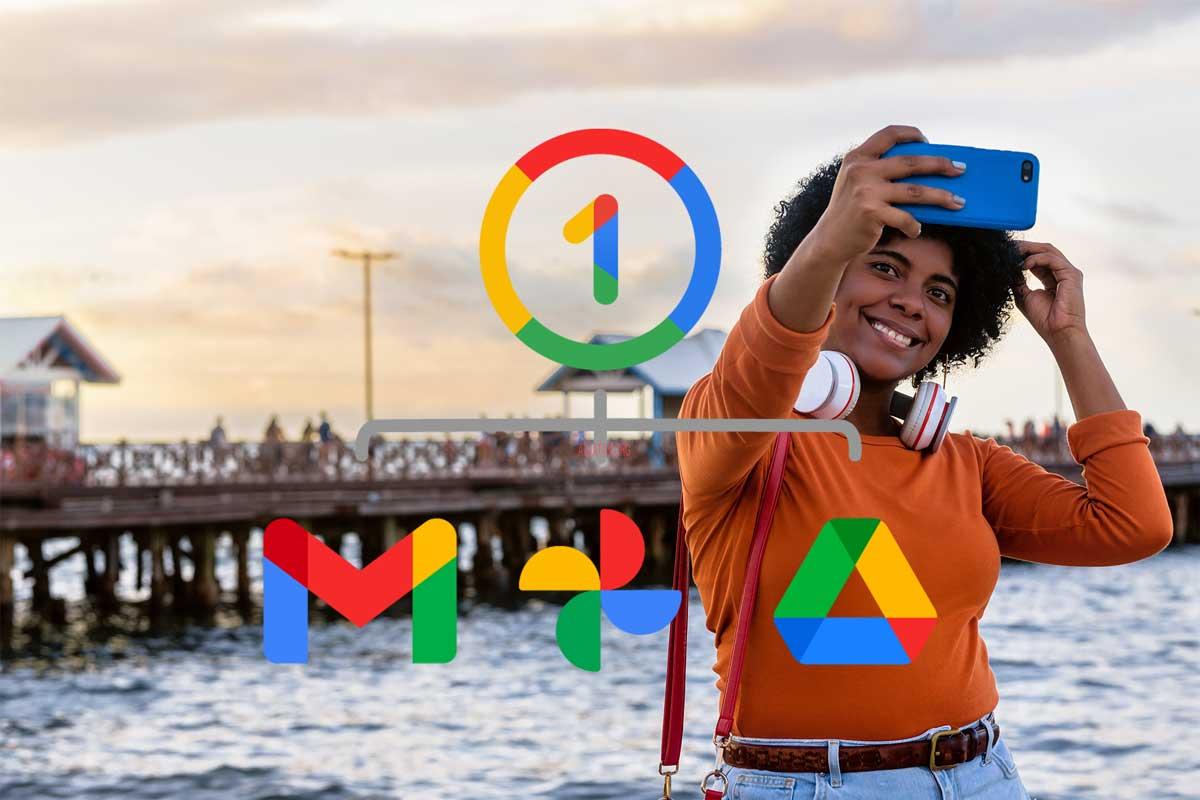
Deepfake Threats in Africa: Protecting Vulnerable Communities from AI Manipulation
Introduction
The recent decision by OpenAI to restrict AI-generated videos of Dr. Martin Luther King Jr. through its Sora platform marks a crucial turning point in the deepfake debate. This action, taken after the civil rights leader's estate requested protection from "disrespectful" AI-generated content, highlights a growing crisis that extends far beyond celebrity impersonation.
For communities with limited digital literacy, particularly across Africa, deepfake technology poses unprecedented threats to social cohesion, political stability, and historical truth. The challenge is particularly acute in regions where traditional media verification systems are weak, internet penetration varies dramatically, and oral traditions remain primary sources of information transmission.
As AI-generated content becomes indistinguishable from reality, we face an urgent need for global frameworks that protect both historical figures and vulnerable populations from manipulation.
The Global Deepfake Crisis: Beyond Celebrity Impersonation
Current State of Deepfake Technology
Deepfake technology has evolved rapidly from a niche technical capability to a mainstream tool accessible through consumer applications. Recent advances in generative AI have made it possible to create convincing video content with minimal technical expertise, dramatically lowering barriers to misuse.
The technology's accessibility has led to concerning trends:
- Historical figures being portrayed in fictional scenarios that contradict documented history
- Deceased public figures being manipulated for commercial or political purposes
- Family members of the deceased requesting protection from AI-generated content featuring their loved ones
The African Context: Unique Vulnerabilities
Africa's media landscape presents distinct challenges that amplify deepfake risks. Historical patterns of media consumption, combined with varying levels of digital literacy, create perfect conditions for misinformation campaigns.
Historical Media Perception Patterns
In many African communities, particularly rural areas, there exists a documented phenomenon where film and television content has been historically interpreted as documentary rather than fictional. Research from the 1990s and early 2000s revealed that viewers without extensive exposure to media production often struggled to distinguish between fictional narratives and factual reporting.
"In the era when video tapes, players, and even televisions were rare luxuries, some community members openly believed that actors in movies had received one-time payments to actually die on screen, allowing their families to inherit compensation. Arguments about the same people appearing in multiple films did nothing to change these beliefs."
This challenge stems from several factors:
- Limited exposure to behind-the-scenes media production
- Traditional storytelling cultures where narratives often blend historical events with moral instruction
- Economic barriers that historically limited access to diverse media content
- Educational systems that may not have emphasized media literacy
The WhatsApp Information Ecosystem
Africa's digital communication landscape is dominated by mobile-first platforms, particularly WhatsApp, which serves as a primary news distribution channel. This creates specific vulnerabilities:
Key Vulnerability Areas:
- Viral Distribution Networks: Information spreads rapidly through family and community networks, often without source verification
- Limited Fact-Checking Integration: Unlike social media platforms with integrated fact-checking systems, messaging apps provide limited content verification tools
- Trust Networks: Information shared by trusted community members carries significant credibility, potentially bypassing critical evaluation
Case Studies: Potential Deepfake Impacts in African Contexts
Political Manipulation Scenarios
Electoral Interference
Deepfake videos could show political candidates making inflammatory statements or engaging in corrupt activities, potentially destabilizing democratic processes in countries with fragile political systems. In regions where election cycles are already contentious, a single convincing deepfake could trigger widespread unrest or undermine legitimate electoral outcomes.
Historical Revisionism
AI-generated content could be used to create false historical narratives about independence movements, tribal conflicts, or colonial periods, undermining collective memory and reconciliation efforts. This is particularly dangerous in post-conflict societies working toward national unity.
Social and Economic Exploitation
High-Risk Scenarios:
- Ransom and Extortion: Criminals could create deepfake videos showing kidnapped individuals to demand ransom payments from families, even when no actual kidnapping has occurred
- Business Fraud: Fake videos of business leaders could be used to manipulate stock prices or business relationships in emerging markets
- Cultural Appropriation: Sacred ceremonies or traditional practices could be misrepresented through AI-generated content, causing cultural offense and undermining traditional authority structures
Healthcare Misinformation
Medical Authority Manipulation: Deepfake videos showing respected medical professionals promoting dangerous treatments could have devastating public health consequences, particularly during health crises. In communities where traditional healers and modern medical professionals both hold authority, false content could dangerously blur these lines.
Scientific Framework for Deepfake Regulation
Evidence-Based Policy Development
Research in cognitive psychology and media literacy provides crucial insights for developing effective regulatory frameworks:
| Research Area | Key Finding | Policy Implication |
|---|---|---|
| Cognitive Load Theory | Viewers with limited media exposure experience higher cognitive load when processing complex visual information | Need for simplified verification systems and clear content labeling |
| Social Proof Mechanisms | In collectivist cultures, social validation from community members significantly influences information acceptance | Community-based verification networks are more effective than top-down approaches |
| Authority Bias | Respect for traditional and modern authority figures creates vulnerabilities when those figures are impersonated | Special protections needed for authority figures and cultural leaders |
Technical Detection Limitations
Current deepfake detection technologies face significant limitations in real-world deployment:
- Resource Requirements: Advanced detection algorithms require computational resources often unavailable in regions with limited internet infrastructure
- Lag Time: Detection systems typically operate after content has already circulated, limiting their effectiveness in preventing initial spread
- False Positive Rates: High false positive rates could lead to legitimate content being incorrectly flagged, potentially undermining trust in verification systems
Proposed Global Regulatory Framework
Core Principles
Historical Figure Protection
Establish international protocols requiring explicit permission from estates or cultural authorities before creating AI-generated content featuring deceased public figures.
Vulnerable Population Safeguards
Implement special protections for communities with limited digital literacy, including mandatory disclosure requirements and simplified verification systems.
Cultural Sensitivity Standards
Develop culturally-specific guidelines that respect traditional authority structures and storytelling practices while preventing manipulation.
Implementation Strategies
Technology-Based Solutions
- Platform Responsibility: Require AI content generation platforms to implement robust pre-publication screening for potentially harmful content
- Watermarking Standards: Mandate technical watermarking of all AI-generated content to enable easy identification and verification
- Regional Detection Networks: Establish regional fact-checking networks with local language capabilities and cultural understanding
Education and Literacy Programs
Community-Based Training
Develop media literacy programs delivered through existing community structures, including religious organizations, traditional authorities, and educational institutions.
Mobile-First Education
Create smartphone-based educational tools that teach deepfake identification skills through interactive, locally-relevant examples.
Intergenerational Learning
Design programs that leverage young people's digital skills to educate older community members about AI-generated content risks.
African-Specific Recommendations
Regulatory Approaches
Continental Framework
Develop African Union guidelines for deepfake regulation that respect sovereignty while providing coordinated protection mechanisms.
Mobile Network Integration
Work with telecommunications providers to implement content verification systems at the network level.
Traditional Authority Inclusion
Incorporate traditional leaders and cultural authorities into verification and response systems.
Capacity Building
| Area | Current Gap | Proposed Solution | Implementation Timeline |
|---|---|---|---|
| Technical Infrastructure | Limited detection capabilities | Invest in technical capacity for deepfake detection within African institutions | 2-3 years |
| Legal Framework | Outdated regulations | Support development of legal frameworks addressing AI-generated content | 1-2 years |
| Cross-Border Cooperation | Fragmented response | Establish information sharing mechanisms for deepfake campaigns | 6 months - 1 year |
Technology Solutions and Implementation
Detection and Verification Systems
Distributed Verification Networks
Create networks of local fact-checkers with technical training and cultural competency. These networks would operate in local languages and understand cultural context, making them more effective than centralized systems.
Blockchain Verification
Explore blockchain-based systems for verifying authentic content from authoritative sources. This technology could provide immutable records of genuine content from trusted institutions.
AI-Assisted Detection
Develop AI systems specifically trained to detect deepfakes in African languages and cultural contexts. These systems must be optimized for low-bandwidth environments.
Platform Modifications
- Cultural Adaptation: Require platforms to adapt content policies and detection systems for different cultural contexts
- Local Partnership Requirements: Mandate partnerships with local organizations for content moderation and verification
- Emergency Response Protocols: Establish rapid response systems for addressing deepfake campaigns during crisis periods
Economic and Social Impact Mitigation
Economic Considerations
Innovation Balance: Regulatory frameworks must balance protection against misuse with support for legitimate AI innovation and economic development. Africa's emerging tech sectors should not be stifled by overregulation.
Cost Distribution: Ensure that compliance costs don't create barriers for African technology companies or limit access to beneficial AI applications.
Social Cohesion Protection
Community Resilience
Build community capacity to identify and respond to deepfake attacks on social cohesion through education and technical tools.
Conflict Prevention
Develop early warning systems for deepfake content that could inflame ethnic, religious, or political tensions.
Reconciliation Support
Protect post-conflict reconciliation processes from manipulation through false historical narratives.
Future Research and Development Priorities
Academic Research Needs
- Impact Assessment Studies: Conduct longitudinal studies of deepfake impact on different African communities to inform evidence-based policy
- Cultural Competency Research: Research how different cultural contexts affect deepfake perception and impact
- Economic Impact Analysis: Assess the economic costs of deepfake misinformation versus the costs of prevention and response
Technology Development
Low-Resource Detection
Develop deepfake detection systems optimized for low-bandwidth, low-computational-resource environments common across Africa.
Multilingual Capabilities
Create detection and verification systems capable of working across Africa's linguistic diversity, including major languages like Swahili, Hausa, Amharic, and French.
Community-Centered Tools
Design verification tools that integrate with existing community communication patterns and structures rather than imposing external systems.
Conclusion and Call to Action
The OpenAI decision regarding Dr. Martin Luther King Jr. represents an important first step, but the deepfake challenge requires comprehensive, culturally-sensitive solutions. For African communities and other regions with similar vulnerabilities, the stakes are particularly high.
Effective responses must combine technological innovation with deep cultural understanding, regulatory frameworks with community empowerment, and global cooperation with local ownership. The goal is not to restrict beneficial AI development but to ensure that the benefits of AI technology are distributed equitably while protecting vulnerable populations from harm.
Immediate Action Items
For Policymakers
Begin developing culturally-sensitive deepfake regulations that include meaningful community consultation and technical capacity building.
For Technology Companies
Implement pre-publication screening systems and invest in detection technologies optimized for diverse global contexts.
For Civil Society
Develop community-based media literacy programs that build resilience against AI-generated misinformation.
For International Organizations
Support capacity building efforts and facilitate knowledge sharing about effective deepfake response strategies.
The challenge of AI-generated content in an interconnected world requires unprecedented cooperation across technological, cultural, and political boundaries. By acting now with wisdom, cultural sensitivity, and scientific rigor, we can build systems that protect vulnerable communities while preserving the benefits of AI innovation for all.





